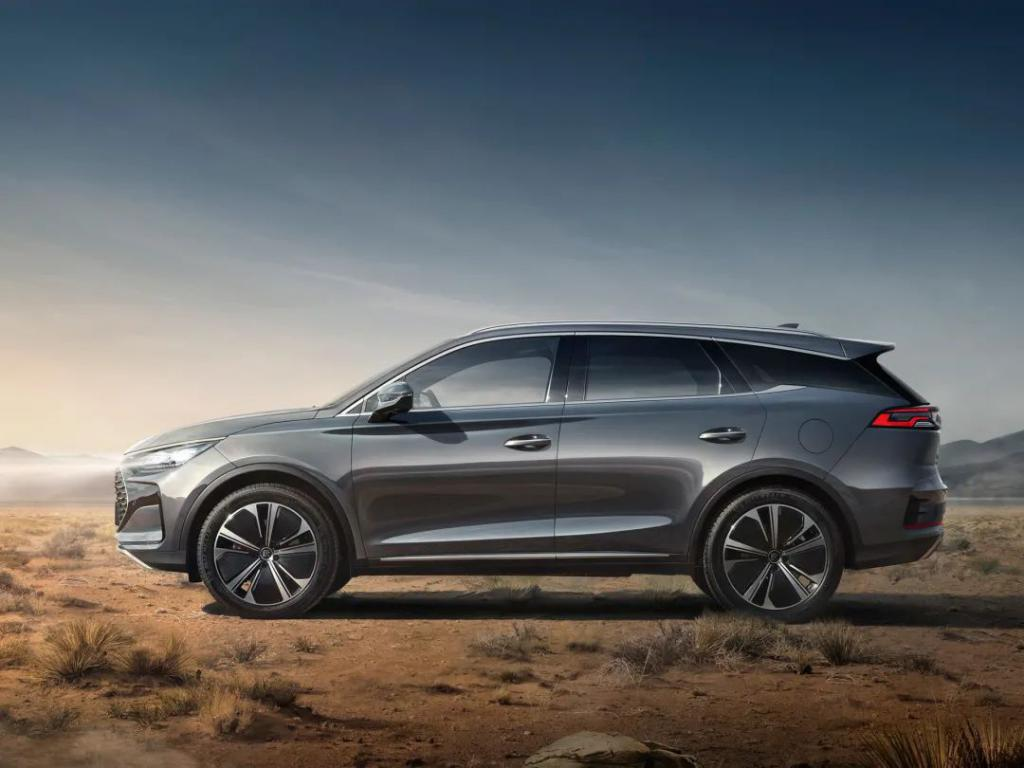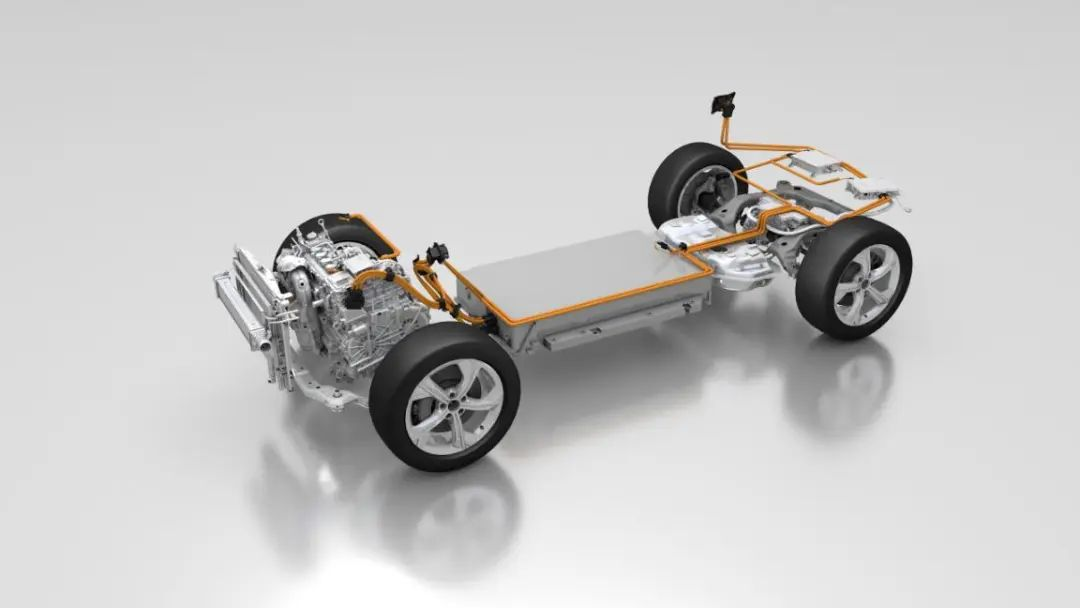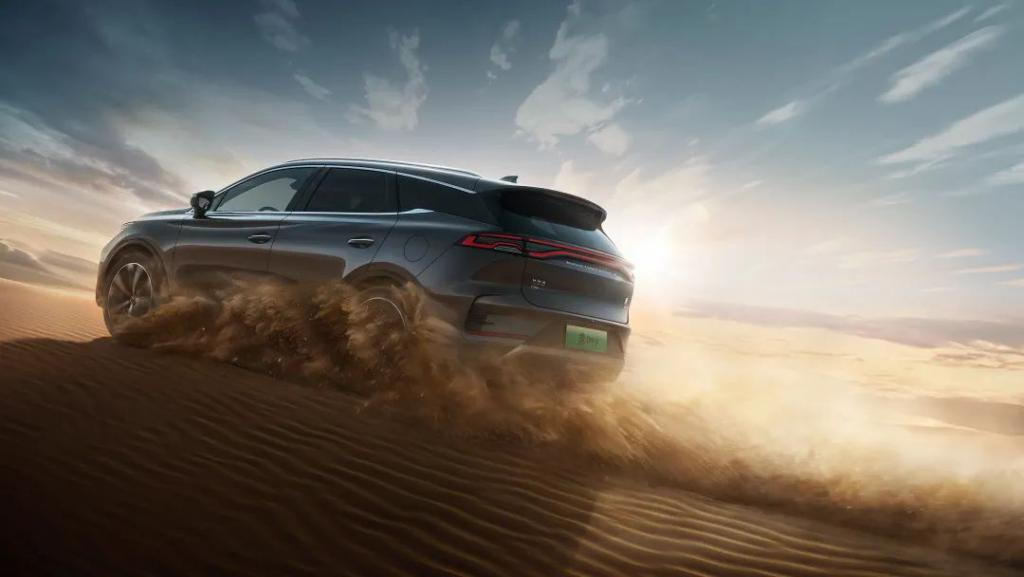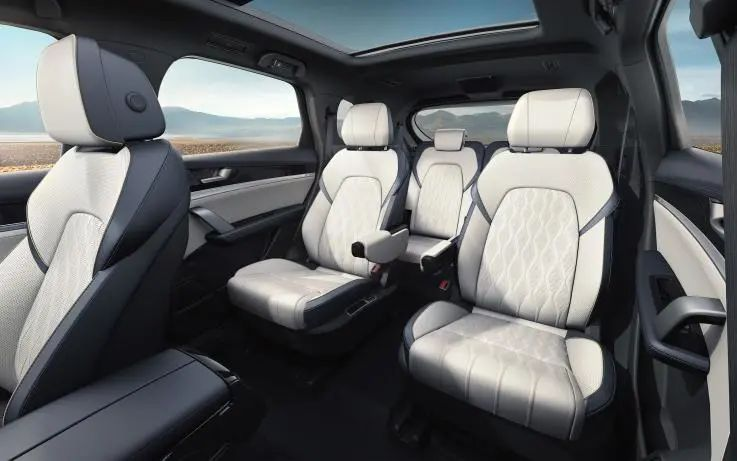Article by Li Ka-shing
Edited by Leng Zelin
In April 2022, BYD announced the cessation of production of gasoline-powered vehicles and started focusing on the development of new energy vehicles, becoming the first traditional automaker in China to stop selling gasoline-powered cars.
Recently, BYD announced its sales results for May, with the sales volume of new energy vehicles reaching 114,183, a year-on-year increase of 152.8%. This is the second time in a row that the monthly sales volume has exceeded 100,000, following March 2022.
Such achievements are not only attributed to BYD’s all-in approach to new energy sources, but also to its extensive product line.
Recently, BYD has launched a new car model, the Tang DM-p version, which officially started pre-sales in early June with a pre-sale price range of 2.928-3.328 million yuan after comprehensive subsidies. In addition, the pre-sale of Tang DM-i 252KM premier model has also been launched, with a pre-sale price of 2.828 million yuan after comprehensive subsidies.
It’s worth noting that the starting price of BYD Tang DM-i is only 205,800 yuan. Compared with Tang DM-p, the two cars’ names differ only by one letter, but the price difference is 90,000 yuan. What makes DM-p so expensive?
Firstly, from the positioning perspective, as early as June 2020, BYD began implementing a dual-platform strategy. DM-p is mainly designed for high performance, while DM-i for economic energy-saving.
In terms of power systems, both cars are equipped with a front-drive system that combines a 1.5T engine and a 160kW motor. However, Tang DM-p has an additional 200kW motor on the rear axle, so the acceleration performance of the two cars differs a lot, with DM-p’s 0-100km/h acceleration time at 4.3 seconds, and DM-i’s at 8.5 seconds.
The difference between the two cars is also reflected in the pure electric range. According to official data, Tang DM-p is equipped with a 45.8kWh battery, while Tang DM-i is equipped with a 21.5kWh battery. The NEDC pure electric range of the former is 215km and that of the latter is 112km.
In comparison, Tang DM-p can almost meet users’ daily commuting needs for a week, realizing zero fuel consumption and low-cost travel. However, due to the weight of the additional motor, the overall vehicle weight has also increased, and the weight of DM-p is 315kg heavier than that of DM-i.
This leads to higher fuel consumption. In gasoline mode, the fuel consumption of Tang DM-p is 6.5L/100km, which is higher than that of Tang DM-i at 5.5L/100km. Therefore, the additional motor on Tang DM-p becomes a burden in gasoline mode.
However, BYD has equipped Tang DM-p with a more expensive heat pump system, which can more efficiently save energy for air conditioning in low-temperature conditions. The energy saved can be exchanged for an additional 20km of driving range.
At first glance, the main reason the starting price of Tang DM-p is 90,000 yuan higher compared to regular models is because of upgrades to its electric motor and heat pump system. But in many aspects, Tang DM-p has also undergone upgrades.
In terms of its assisted driving system, DM-p has upgraded DiPilot to level L2.5. The specific plan that the automaker has provided is to add two front corner millimeter-wave radar to the vehicle to help eliminate blind spots on the sides of the vehicle, allowing for a more comprehensive perception of the surrounding environment.
Furthermore, as long as the driver does not look away from the road or remove their hands from the wheel for more than 15 seconds, the vehicle can automatically change lanes.
In addition, the new features include front side passing warning and braking, as well as emergency lane keeping functions, meaning that the vehicle will provide active safety protection to the driver when they react too slowly.
Regarding the chassis suspension configuration, Tang DM-p uses front McPherson and rear multi-link independent suspension systems. In addition, the new car is also equipped with an intelligent electric four-wheel drive and DiSus-C intelligent electric control active suspension system.

In traditional four-wheel drive systems in gasoline vehicles, power transmission to the wheels must pass through the clutch, gearbox, transfer case, and finally to the wheels. But Tang DM-p’s intelligent four-wheel drive system can directly transmit power from the motor to the wheels, avoiding loss of power during transmission and reducing the transmission time of power. This allows the vehicle to be more controllable in environments where it needs to be rescued, improving the vehicle’s safety.
It is worth noting that Eaton’s differential lock can also be found in high-end models, meaning that beneath Tang DM-p’s urban SUV appearance lies a heart that longs for freedom. After appropriate modifications, it can show its capabilities in outdoor environments.
In addition, in order to keep up with recent camping trends, Tang DM-p is equipped with a 6kW external power output.

Like the Tang EV version, Tang DM-p also offers a “big six-seater” version based on the standard seven-seater, but this configuration is optional. Users need to pay an additional 10,000 yuan to enjoy the official claimed 24,000 yuan “six-seater ultimate combo package.”
 Finally, returning to the price level, the price of around 300,000 yuan is not low, but with the increasing sales and reputation of BYD, the BYD Tang still has a strong impact on the same level market.
Finally, returning to the price level, the price of around 300,000 yuan is not low, but with the increasing sales and reputation of BYD, the BYD Tang still has a strong impact on the same level market.
This article is a translation by ChatGPT of a Chinese report from 42HOW. If you have any questions about it, please email bd@42how.com.
